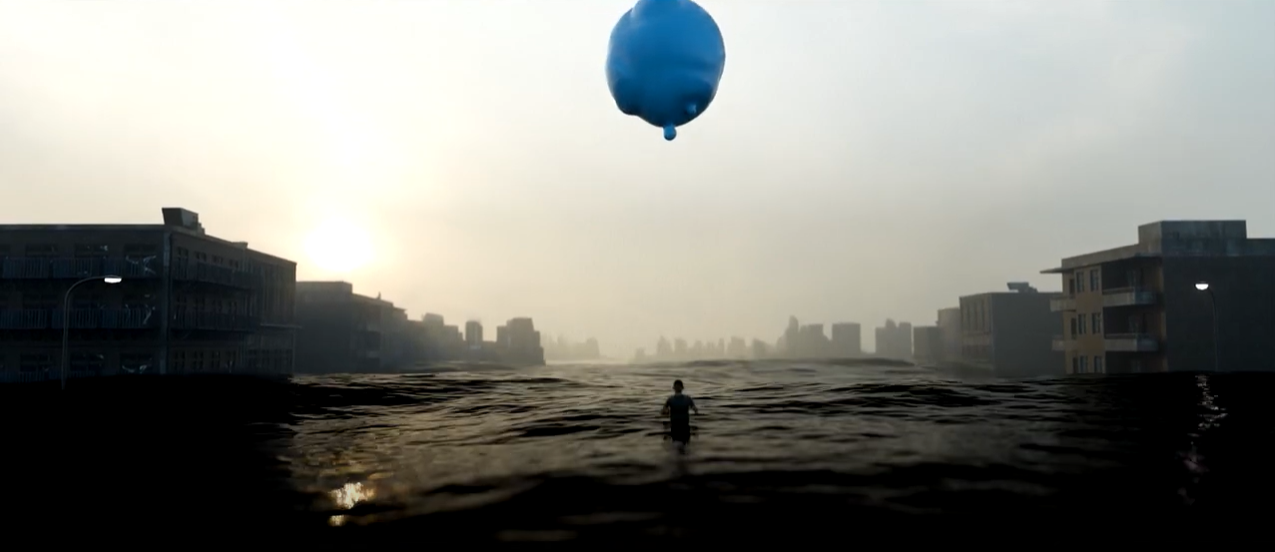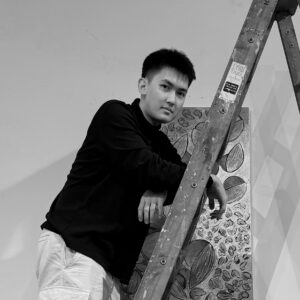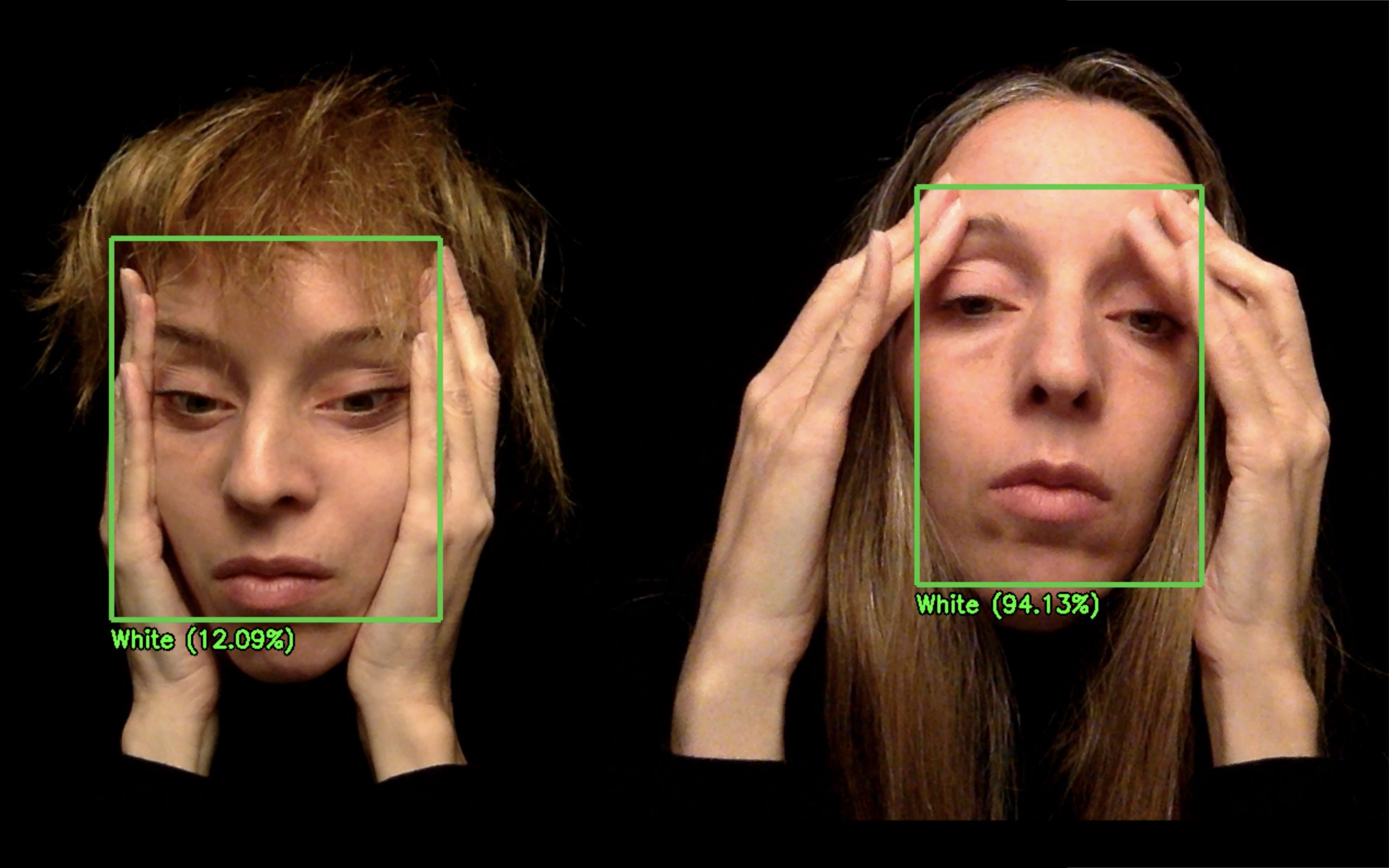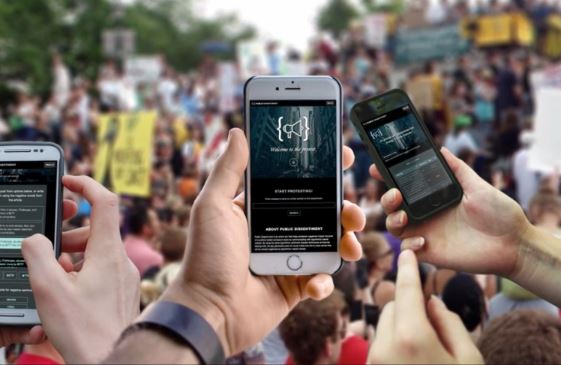Digital America interviewed Tairan Hao in April of 2025 on his work Silent Adaptation.
:::
Digital America: Silent Adaptation reflects your connection to the current environment and examines the psychological effects of environmental crises on individuals. How does this piece represent your personal connection to these issues, and in what ways do you see them affecting your own psychological state? How do you aim to encourage viewers to move beyond seeing these issues as remote events and recognize their impact on mental well-being?
Tianran Hao: I’ve always perceived environmental issues as more than distant headlines—this piece crystallizes that personal unease into a narrative. The wastewater motif here is more than a literal representation; for me, it symbolizes a quiet, unrelenting infiltration. It’s like a slow, invisible tide creeping across everyday life. On a personal level, there’s a sense of paralysis and latent dread that I can’t fully articulate in conversations or news articles alone. The act of animating these feelings, translating them into movement and sound, is my way of externalizing that intangible anxiety.
I encourage viewers to see these crises not as fleeting, impersonal events, but as a force that subtly remodels the architecture of our collective consciousness. By immersing people in a surreal environment—where the lines between reality and imagination dissolve—I’m inviting them to step away from a spectator’s distance. It’s when we recognize our own vulnerability, our own susceptibility, that a spark of empathy ignites. In that moment, perhaps viewers can intuit that these global crises seep into our everyday thoughts, affecting us emotionally whether we acknowledge it or not. The piece doesn’t offer a neat conclusion or resolution; it asks for honest confrontation, a willingness to dwell in the discomfort that these environmental threats provoke.

DigA: You use surreal animation, movement, and intricate sound design to immerse the audience. Can you talk about your design process and artistic decisions in creating this piece?
TH: I see the creative process as an exploration, almost like mapping out a subconscious terrain. I begin with rough visual sketches—visceral, raw images that pour out in moments when the mind drifts. Then I move to storyboards, building sequences that reflect that dreamlike logic where events are not always linear but can still feel disturbingly coherent.
Sound is its own narrative layer. I look for auditory textures that suggest both physical reality (the drip of water, a subtle undercurrent of waves) and psychological tension—like an echo that seems to come from inside one’s head. These sonic cues nudge the viewer to question whether the unsettling noises are external or internal.
Each decision is a dialogue between me and the concept. I want each frame to carry a sense of haunting familiarity: water as a universal symbol of life, now tinged with menace. Ultimately, I want the audience to walk away unsettled, confronted by their own internal resonance with these crises.
DigA: Your work often navigates the space between internal psychological states and larger societal structures. How does animation specifically help you explore emotional complexities compared to other media you have worked with? Where do you see art intersecting with technology?
TH: Animation is a living, breathing language. It lets me visualize the intangible: the subconscious rumble of fear, or the slow corrosion of hope. Animation adds the dimension of time. Emotions fluctuate, and animation captures these shifts moment by moment. When you watch an animated wave swell into a towering presence, you feel its weight, you sense its fluid menace.
As for art intersecting with technology, I see it as an evolving partnership rather than a tool-based hierarchy. Technology amplifies the scope of what’s possible: it can transform a personal anxiety into an immersive environment. It democratizes access, allowing people anywhere to experience the piece, and it opens new forms of interactivity—real-time data feeds, virtual reality environments, and more. Technology isn’t just a tool; it’s an ongoing medium to push the boundaries of imagination, to unearth new ways of visualizing the silent, internal narratives that shape our engagement with the world.
DigA: You’ve previously worked with functional objects and interactive pieces, like Hello World! and the “germination” Table Lamp. How do you approach the difference between presenting artwork in the digital realm versus in live, physical spaces?
TH: When I craft functional objects and interactive installations, there’s a visceral, bodily engagement—people’s sensory interact with the piece. The art unfolds in real-time collaboration with the passive audience. This tangible connection can be powerful because it underscores art’s relationship to everyday life: the viewer becomes a co-creator in that moment.
In the digital realm, the sense of immersion shifts to a more internalized experience—especially in animation, where the audience steps into a world that’s visually and sonically constructed around them. They can’t physically manipulate it, but they can surrender to the piece, letting it guide them through a crafted emotional and sensory journey. Both approaches are essential in my practice. The physical, interactive works remind me of art’s functionality—how it can exist as part of daily routines—while the digital realm allows me to paint with a more dreamlike, subconscious palette. Each medium has its own unique magic: one is intimate through touch, the other intangible yet deeply penetrating through imagination.

DigA: What are you working on now?
TH: Currently, I’m pushing my exploration of ecological anxiety and personal vulnerability in two parallel directions. First, I’m developing a new interactive digital installation that merges animated visuals with real-time environmental data—gathering everything from local air pollution levels to shifting tidal patterns. I want to forge a more immediate feedback loop between the audience and the broader ecology around them, stripping away the illusion that these environmental issues exist “somewhere else” and showing how they permeate our lives in real time.
Simultaneously, I’m curating an exhibition at the Williamsburg Art & Historical Center called Beyond Interface and Prompt, which focuses on the intersection of art and technology, runs from April 18 to May 17, 2025. This show brings together artists who harness or subvert digital tools, AI processes, and other tech-driven mediums to question how we perceive and engage with creativity. Curating, for me, is an artistic act in its own right—by inviting these diverse voices into conversation, I’m crafting an experiential narrative that asks how technology not only augments our creative output but also how it redefines our understanding of authorship, audience, and the artwork itself. In many ways, these two endeavors feed into each other, blending my personal artistic inquiries with a broader critical discourse on how our digital age is reshaping the landscape of human expression.
:::
Check out Tairan Hao’s Silent Adaptation.
:::



